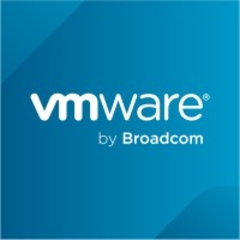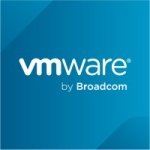We use Spring Boot for microservices, but for the logistic version. We also use the solution for traditional banking purposes.
The most valuable features of Spring Boot include being able to check all the logs and doing health checks for applications. We can also do monitoring more quickly, and use Spring Boot for production support, so when production goes up or down, we can bring up the application very quickly through Spring Boot.
Spring Boot is okay right now, but my team is looking for some integration where you can make a call to the JMS messaging service and other types of third-party integrations. If the integration with Spring Boot is improved, that would make the tool better.
What I'd like to see in the next release of Spring Boot is its integration or tie-up with messaging servers and third-party EFPs, as that would make it very good and more competitive versus other new solutions in the market.
I've been using Spring Boot for three and a half years now.
Overall, Spring Boot is a stable tool.
Spring Boot is a scalable tool. For example, in some microservices, you can just scale down if not used in most cases. For other micro solutions, you can bring up in the RAM space or in cluster mode. If you need more people to use Spring Boot, you can scale it, with no issues.
My rating for the Spring Boot technical support team is five out of five.
The initial setup for Spring Boot was straightforward, and it was completed within ten minutes.
We deployed Spring Boot in-house.
As Spring Boot is an open-source tool, it's free.
As microservice is a new concept, Spring Boot is the first solution we've used that offers it. Before, we used a monolithic application, the Spring MVC. Now people are moving to microservices, with each service being broken down into a simple service.
My company deployed Spring Boot by embedding it on a Tomcat server.
In the company, twenty people use Spring Boot for different microservices such as logistic applications for invoice creations, booking logistic services, invoicing, login authentication, load management services for creating loads, creating roads on maps such as Google Maps, etc.
My company relies on Spring Boot and uses it extensively as it's an open-source tool and so much has been added to it in terms of Java. It's a platform with independent capabilities that you can just deploy in Windows or Linux, and that's a Spring Boot advantage.
My advice to anyone looking into implementing Spring Boot is to go for it. If you need microservices, this is the best solution to use.
My rating for Spring Boot is nine out of ten.













